Blogger: Katie Karstensen
Program: Windhoek, Namibia
Twyfelfontein → Etosha National Park → Luderitz
Twyfelfontein
Have you ever had a day planned out so perfectly you feel assured it will go as planned? Our study abroad group thought so too, but getting to Twyfelfontein (try saying that five times fast) ended up being an adventure all in itself. Namibia has been in a drought for the past two years, but as soon as we arrived, there has been a sudden appearance of lots of rain. The day before we were supposed to go to Twyfelfontein, it rained and rained and rained. We began our travels as anticipated, but thirty minutes into our journey we came to a spot in the road covered in water to deep for our van to get through, so we turned around and went back into town. We planned to try again the next day, but when we called the lodge where we were supposed to have lunch, they said the food was already prepared, and we would have to come eat it. So we switched to plan B, and the directors of our program went around the grocery store asking if anyone knew of a different route to Twyfelfontein. A local told us about another route that would be a bit rougher, but assured us we would make it there. The van was shaking the entire time, and on some hills and in some valleys, the bottom of the van scraped the ground. For awhile the van made a noise that sounded exactly like when you’re in a roller coaster slowly being pulled uphill right before the big drop. We came to another spot in the road with a small river flowing across it and locals swimming in it, happy to see so much rain for the first time in so long. Our trusted driver went up the river farther to where it looked a tad more shallow, paused, clapped his hands together saying “Let’s try this!” and sped forward into the water, successfully making it across only to get stuck in the sand immediately after exiting the water. All the students exited the vehicle, and with the help of locals, we pushed the van out of the sand and back onto the main road. About five kilometers away from the Twyfelfontein lodge, at this point two and a half hours late to our scheduled lunch, we saw a sign for the lodge! And then came upon the largest body of water we had seen yet running across the road, with more people just swimming around in the water. Our tactic to go up the river farther to a shallower area was quickly defeated when we got stuck in more sand, cue more locals helping us push the van back onto the road. We accepted defeat in getting there by vehicle, so we grabbed our stuff and walked across the very, very muddy river and were picked up by vehicles from the lodge. We finally arrived only a few hours late to our delicious meal at the lodge with views that were worth the wait. The trip back contained far much less uncertainty, besides the minor hiccup of the van breaking down at a gas station five kilometers from where we were staying to top off the day.
Etosha National Park
Luderitz
Luderitz is one of the most remote areas of Namibia, which could be told by an hour flight with views of nothing but sand. It used to be one of Namibia’s main ports until Walvis Bay was discovered to be much better. After being in Luderitz for four days and not seeing a single cloud in the sky, we asked a taxi driver how often it rains. The response we got was, “It doesn’t.” It maybe rains in Luderitz once every ten years.
Luderitz is home to the Kolmanskop Ghost Town, originally a diamond mining town. Residents lived a life of luxury. Germans were searching for natural minerals. They made it across the desert and found millions of diamonds that could be picked up with their hands. Soon large groups of Germans settled down, and Kolmanskop was born. In the main hall, there was a restaurant, gymnastics and exercise room, the first library in Southern Africa, a champagne bar for ladies, and next door a cigar room for men. There was also a bowling alley and shopping mall frequented often by residents. During our tour, we visited the ice room where water from the sea was taken and frozen for residents’ ice boxes(refrigerators). Fresh water was only used for drinking and as a “final rinse” as it was expensively imported from Capetown. For a time the town tried a desalination process for sea water, but water ended up being the same price as beer, and people were not about it. There was a train that ran through all the streets of town every morning at 6AM bringing residents their complimentary half a block of ice, a few liters of lemonade, and a few liters of water. The shopkeeper of the town imported anything residents wanted from Germany: cheeses, bon bons, champagne, clothing, etc. The mining town would hire two hundred Namibians to help with diamond collection and production, and workers became creative in thinking of ways to sneak out diamonds. Workers would make extra compartments in their shoes or even sneak diamonds in their sandwiches right before they left and wait for them to work their way through the digestive system. The Germans installed a policy where 48 hours before any workers left they had to be in solitary confinement with a toilet that had a diamond filter and drink castor oil. Workers even began making small slits in their skin and holding a diamond to it until skin grew over it. This led Germans to purchase Southern Africa’s first x-ray machine.
When diamonds began more difficult to find, everyone up and left. Walking through the ghost town was definitely eerie. In some houses the original wallpaper was completely intact, and you could walk upstairs in some of the houses. In other buildings, a sand dune may be all that is holding a structure up. Hardly any windows still existed in the town, and sand was coming in some windows almost all the way to the top. A strange moment was walking through the old hospital’s hallway, and when looking around it appears like you’re in a building, but it feels like your feet are walking on a beach in the sand.
Sossusvlei
There is an International Windhoek Facebook group for people that are traveling through Windhoek from other countries. People usually post about travel details asking for companions, or help traveling from one place to another. I returned to Windhoek from Luderitz Tuesday night and saw that a group of women were heading to Sossusvlei for the next couple of days and still had one extra seat. I called to see if they were still looking and then met them at a car rental place Wednesday morning at 7AM. So two women from Germany, one from Holland, one from Switzerland, and one from the United States packed a rental car full and headed to the sand dunes at Sossusvlei. And during the journey we only received one traffic ticket for accidentally driving on the right side of the road as opposed to the left as is the law here in Namibia, which I would argue is pretty good for none of us having experience driving on the left side of the road before.
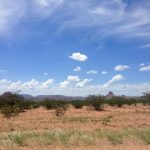
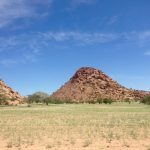
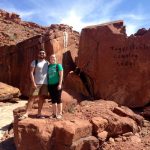
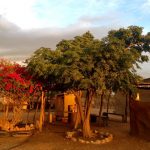
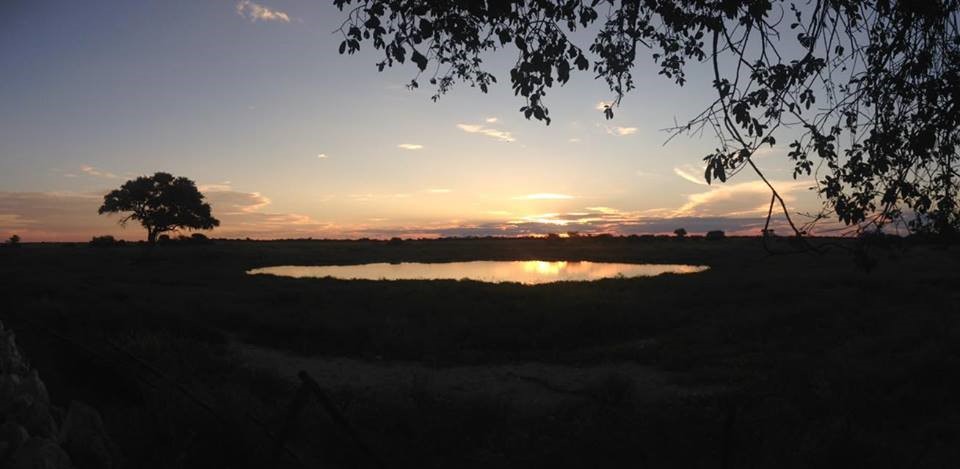
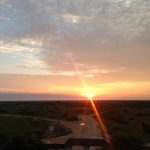
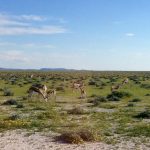
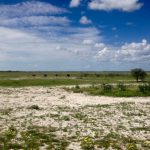
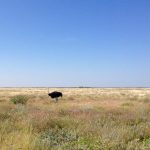
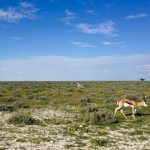
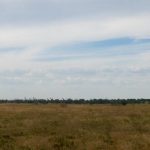

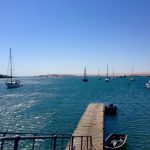
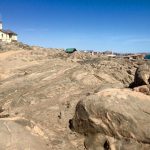
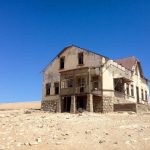
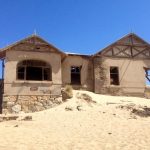
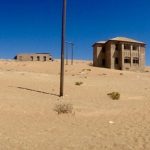
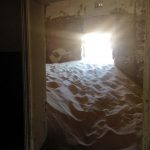
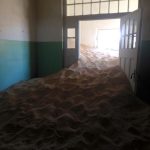
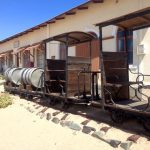
Leave a Reply